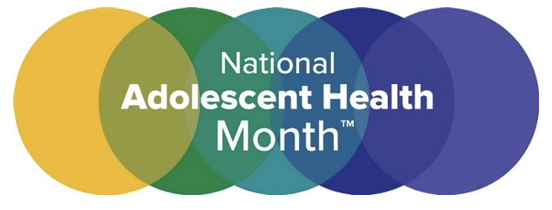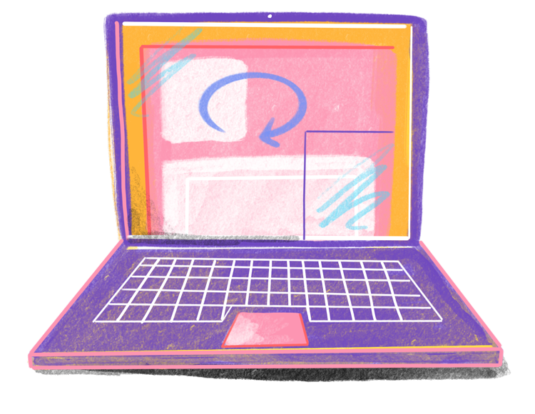
 As OpenNotes continues to reshape healthcare transparency, clinicians and patient advocates increasingly ask: What does this mean for adolescents?
As OpenNotes continues to reshape healthcare transparency, clinicians and patient advocates increasingly ask: What does this mean for adolescents?
With evolving federal mandates and digital health adoption, adolescent access to open notes presents both exciting opportunities and serious challenges. Below, we highlight 13 studies and commentaries that offer guidance on navigating the evolving landscape of open notes in adolescent health.
1. Ethical dilemmas abound in adolescent note sharing.
This foundational Ethics Rounds article outlines complex cases involving reproductive health, adoption, and parent-provider conflict. It underscores the need for thoughtful documentation and portal policies to protect adolescent confidentiality.
Ethical Challenges Raised by OpenNotes for Pediatric and Adolescent Patients (Pediatrics, 2018) [paywall]
2. OpenNotes supports participatory adolescent care.
Sharing visit notes aligns with family-centered care and empowers young patients and their families. However, the article acknowledges unique barriers in pediatrics, especially regarding confidentiality.
OpenNotes: Toward a Participatory Pediatric Health System (Pediatrics, 2018) [paywall]
3. Adolescents understand and value reading their own notes.
In a study from a pediatric GI clinic, youth with chronic conditions reported high comprehension and satisfaction, suggesting that note sharing supports self-care and transition readiness.
Adolescents’ and Young Adults’ Satisfaction with and Understanding of Medical Notes (J Pediatr, 2019) [paywall]
4. Even in psychiatry, adolescents benefit from note access.
Pilot data from a psychiatric unit revealed that adolescents understood and appreciated their notes, challenging assumptions about withholding them in mental health settings.
Sharing Notes With Adolescents and Young Adults Admitted to an Inpatient Psychiatry Unit (J Am Acad Child Adolesc Psychiatry, 2021) [paywall]
5. Language in notes matters more than we think.
This study—which included adolescents—showed that 1 in 10 patients reported feeling judged or offended by something in their clinical notes. Common triggers were unexpected labels (e.g., “obese,” “anxious”) or tone that felt disrespectful or dismissive—reminders that word choice is especially crucial when documenting care for sensitive populations like adolescents.
Words Matter: What Do Patients Find Judgmental or Offensive in Outpatient Notes (J Gen Intern Med, 2021) [open access]
6. Many patients spot serious errors—and not all feel safe speaking up.
Nearly half of patients, including adolescents, found a serious mistake in their visit notes reported it, but others held back—often due to not knowing how or fearing they’d be seen as difficult. Patients from racial and ethnic minority groups and those in poor health were less likely to speak up, highlighting a key equity concern.
Speaking Up About Patient-Perceived Serious Visit Note Errors (J Am Med Inform Assoc, 2021) [paywall]
7. Patients can help identify diagnostic safety issues—but need the right tools.
To fill a gap in safety metrics, this study developed a patient-centered framework for identifying and classifying diagnostic process breakdowns. Many of the issues patients caught—such as missing symptoms or misaligned understanding—are invisible to clinicians unless patients speak up.
Filling a Gap in Safety Metrics: A Patient-Centered Framework for Diagnostic Process Breakdowns (BMJ Qual Saf, 2022) [paywall]
8. Health systems can prepare thoughtfully with “Learning Mode.”
A pediatric institution trialed note sharing with robust support and feedback mechanisms before full rollout, learning valuable lessons about confidentiality and clinician support.
Lessons Learned from OpenNotes Learning Mode (Appl Clin Inform, 2022) [paywall]
9. Parents and children benefit from greater transparency.
Families who read notes reported better understanding, accuracy, and relationships with clinicians. A small but significant number reached out to correct errors, reflecting engagement.
The Value of OpenNotes for Pediatric Patients, Their Families and Impact on the Patient–Physician Relationship (Appl Clin Inform, 2021) [paywall]
10. Adolescents experience many of the same benefits as adults.
A large comparative study found that adolescents reported better engagement, relational trust, and safety behaviors after reading notes—comparable to adult patients.
Attitudes, Experiences, and Safety Behaviours of Adolescents and Young Adults Who Read Visit Notes (Future Healthc J, 2021) [paywall]
11. Focus groups reveal both enthusiasm and concern.
Adolescents, parents, and clinicians each see unique benefits and risks to note sharing. The study highlights strategies like segmented note sharing and layout optimization to balance needs for both audiences.
Adolescent Access to Clinicians’ Notes: Adolescent, Parent, and Clinician Perspectives (J Adolesc Health, 2024) [open access]
12. Federal mandates challenge confidentiality norms.
The 21st Century Cures Act has expanded note sharing, creating tension between transparency and adolescent privacy. This policy-focused article provides a clinical decision framework.
21st Century Cures Act ONC Rule: Implications for Adolescent Care and Confidentiality Protections (Pediatrics, 2023) [open access]
13. Interoperability efforts must prioritize equity and privacy.
The SHIFT national task force is working to protect sensitive adolescent data through improved standards, segmentation, and ethical interoperability.
Shifting into Action: From Data Segmentation to Equitable Interoperability for Adolescents (Appl Clin Inform, 2023) [paywall]
Are you looking for patient-facing information about open notes for teenagers? Check out “How to get the most out of your open notes for teenagers” in English or Spanish.
Learn more about National Adolescent Health Month (NAHM)™ at the Office of Population Health.




You must be logged in to post a comment.